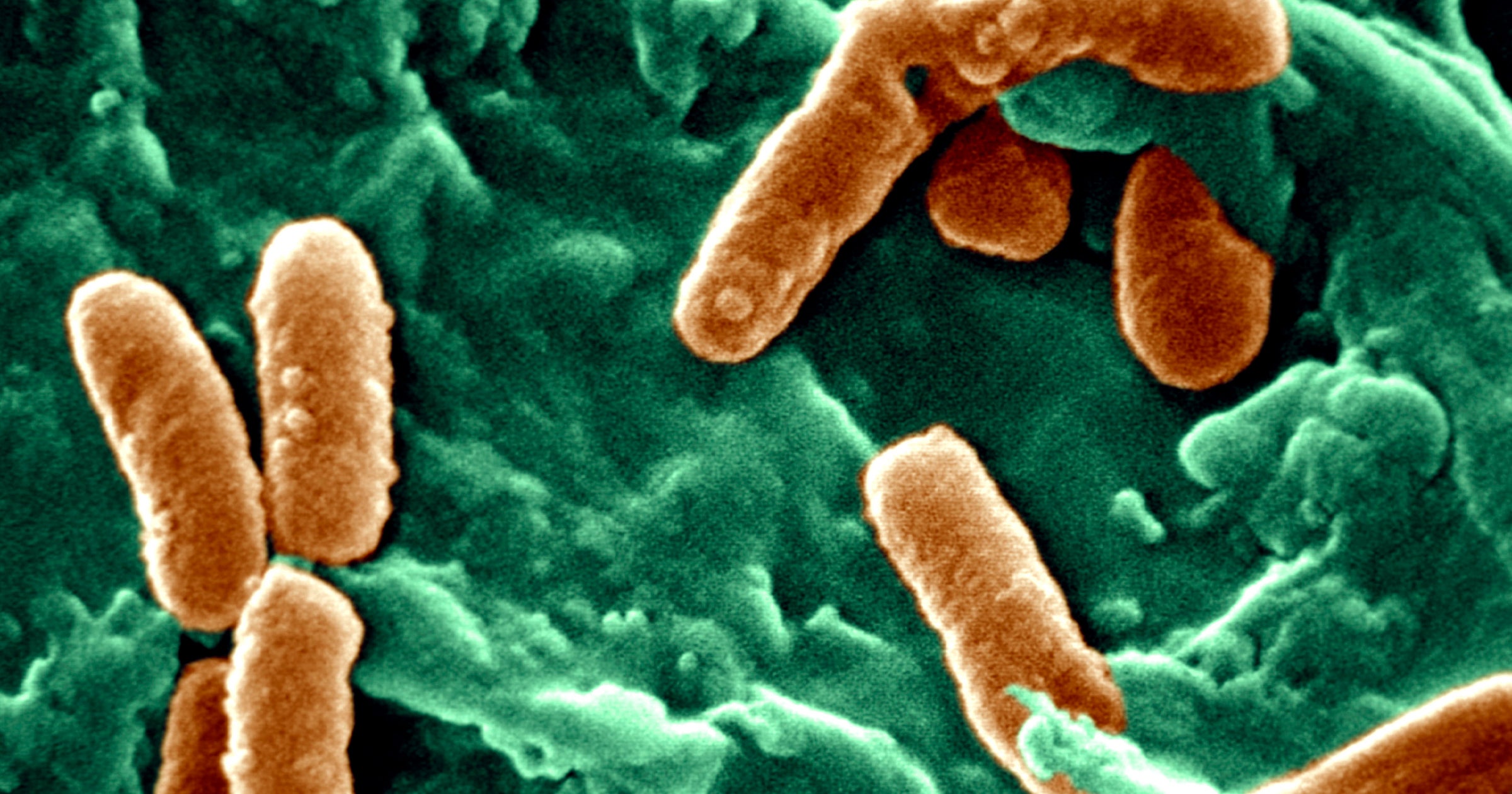
A highly virulent superbug that has been spreading rapidly through hospitals is prompting serious concern among global health experts. According to new research, scientists have discovered that this dangerous pathogen is not only resistant to multiple antibiotics but appears to thrive by feeding on plastic — a revelation that may explain its rapid spread and resilience in clinical settings.
The superbug in question belongs to a class of multidrug-resistant bacteria that have been increasingly responsible for difficult-to-treat infections in healthcare environments. What sets this organism apart, according to the latest findings, is an unusual adaptation: it can use plastic — such as that found in IV tubing, catheters, and other hospital materials — as a nutrient source.
This discovery sheds light on how the superbug may be persisting in hospital environments despite rigorous sterilization and containment measures. Plastic is extensively used in medical equipment and packaging, and if a microorganism can metabolize it, that provides it with a constant environmental resource. This also raises significant implications for infection control, as traditional sterilization may not fully address the biofilm-forming capabilities of organisms equipped to interact chemically with plastic surfaces.
Infections caused by the superbug have already been linked to a number of patient deaths, highlighting its lethality. Moreover, its resistance to commonly used antibiotics has made treatment extremely challenging, forcing healthcare professionals to rely on more toxic or less effective drugs.
Researchers are now investigating potential interventions, including new sterilization techniques or antimicrobial materials capable of disrupting the plastic-consuming mechanism. Public health officials stress the importance of enhanced surveillance, stricter hygiene controls, and increased funding into antimicrobial resistance research to head off a broader healthcare crisis.
As hospitals continue to battle infections with limited tools, this finding underscores the urgency of addressing not just antibiotic resistance, but also the environmental factors — such as the hospital infrastructure materials — that foster microbial survival and proliferation.
Source: https:// – Courtesy of the original publisher.








